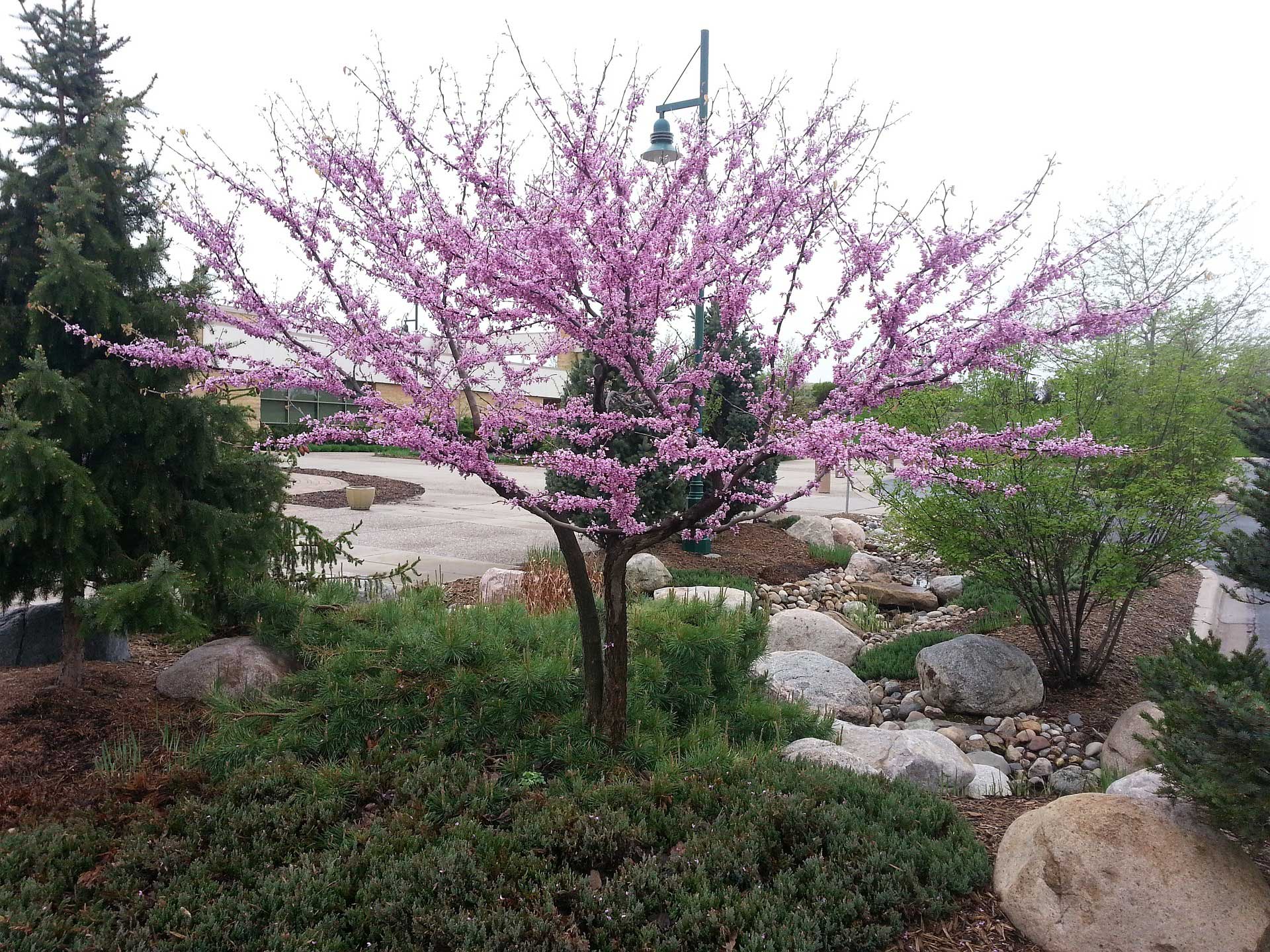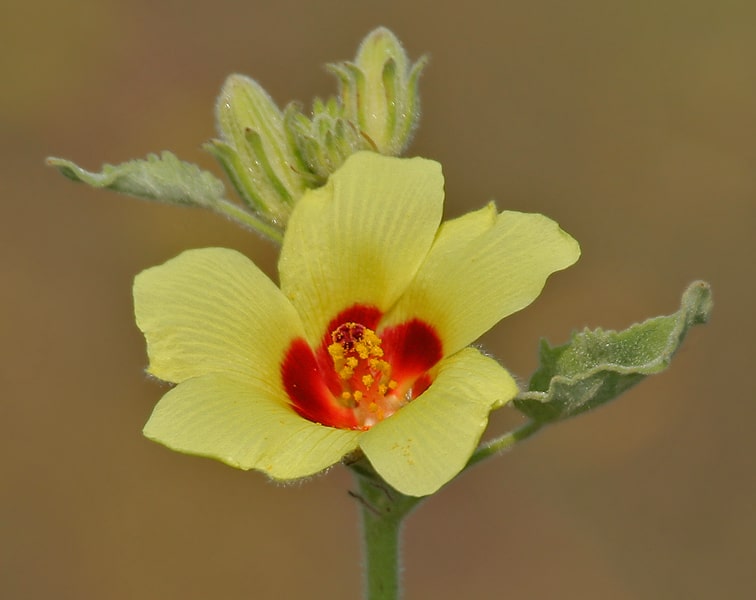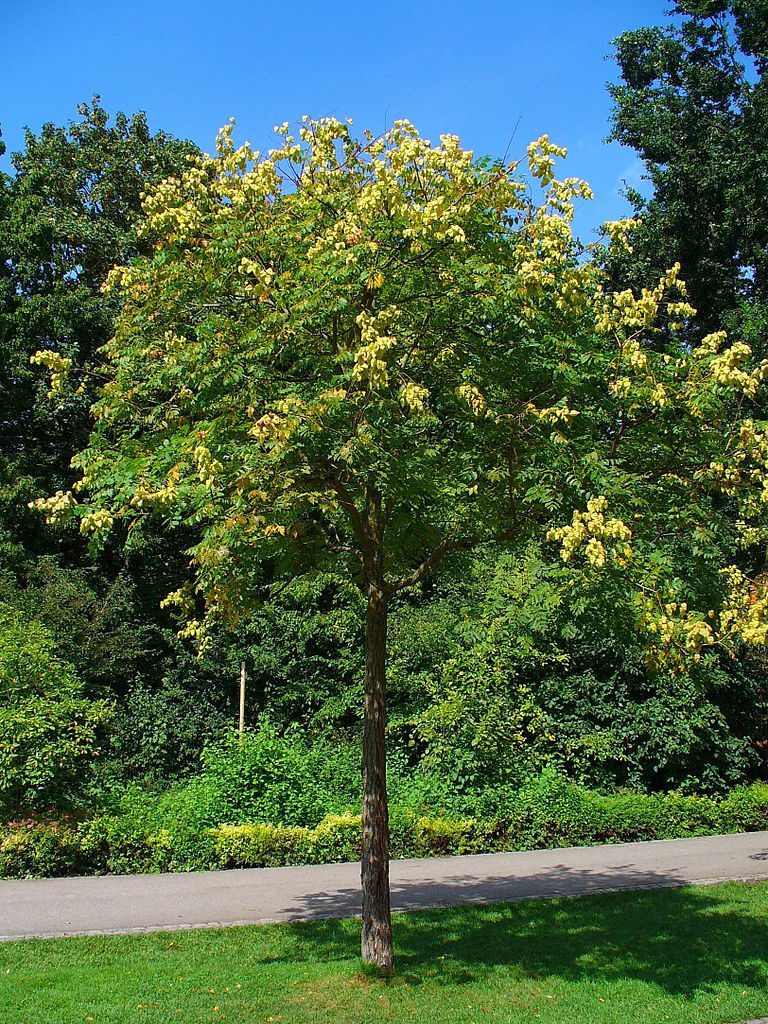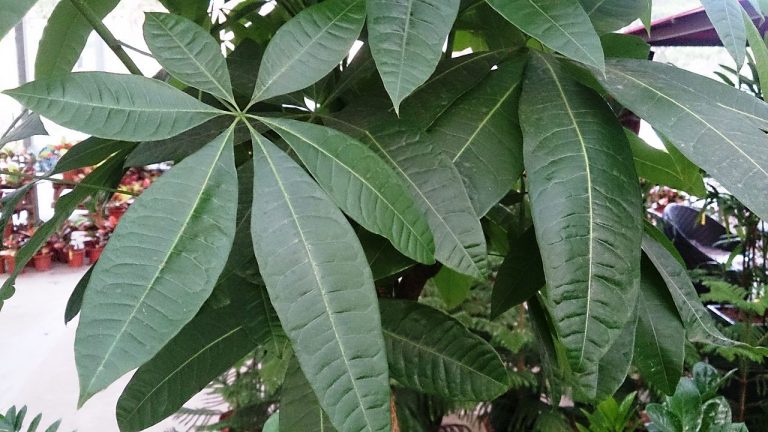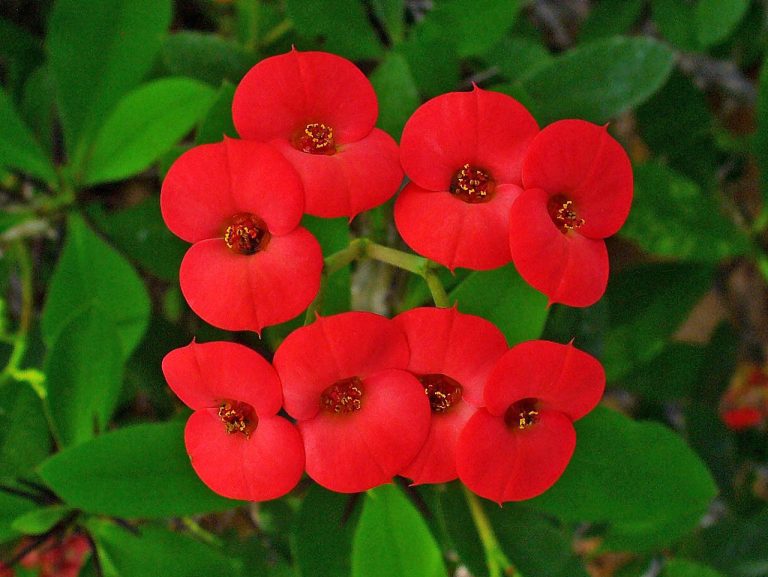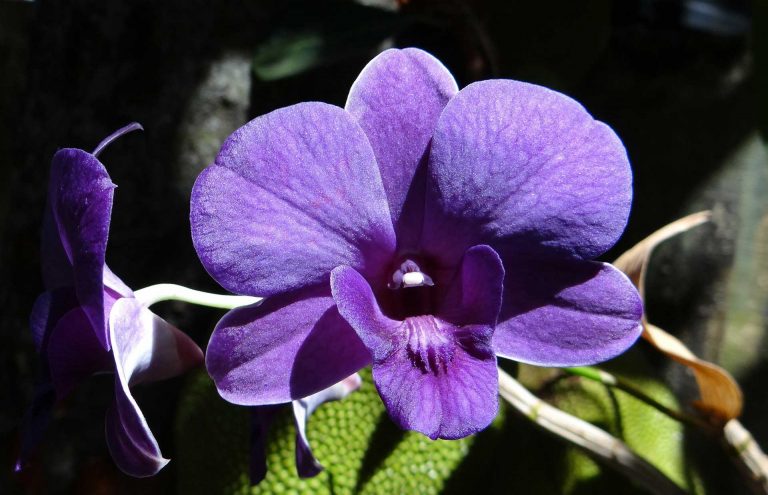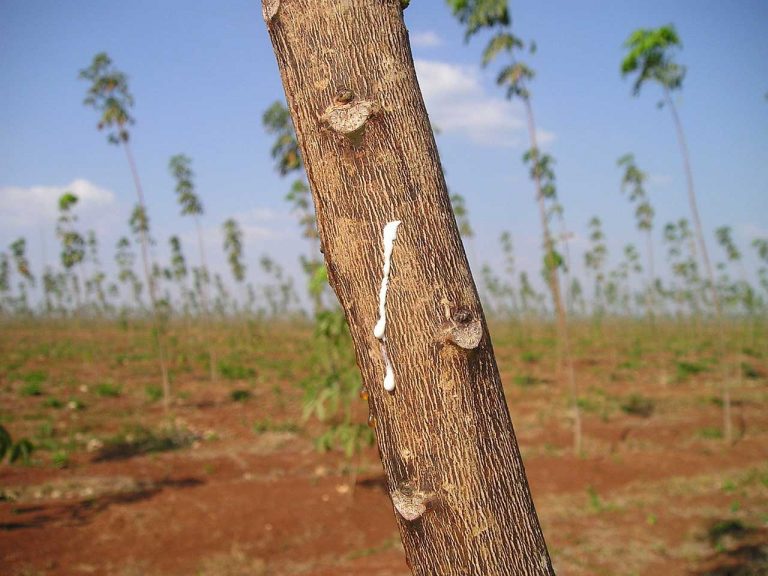Redbud Tree
Scientific classification
| Kingdom: | Plantae |
| (unranked): | Angiosperms |
| (unranked): | Eudicots |
| (unranked): | Rosids |
| Order: | Fabales |
| Family: | Fabaceae |
| Genus: | Cercis |
| Species: | C. canadensis |
| Binomial name: | Cercis canadensis |
The Redbud tree has a short trunk, with spreading branches, and is comparatively a small tree. This tree is seen in several gardens and in street views. It is also used for decorative purposes. These Redbud trees are among the foremost blossoming trees that bring beauty to gardens.
This Redbud tree is highly valued when compared to its tiny size. This pretty heralder of spring was earlier called “a breath of fresh air after a long winter”.
The magenta flowers of this Redbud tree are abundantly dazzling. When winter draws to an end, several people wait eagerly for the arrival of this Redbud tree.. The growth of the Redbud is reasonable; it grows to a height of 7 to 10 ft, within a span of 6 years. After a period of 20 years their life span seems to reduce.
Anatomy
The Redbud is a small tree, which grows to heights of twenty to thirty feet and widths from fifteen to thirty five feet. This tree is normally short and the trunk splits at the base. The crown of the tree is wide spreading, with a flat and circular top. The Redbud tree grows in sunlight and remains closely packed in a circular formation. If they grow in a shady surroundings, their formation becomes loose, free-spaced and tall.
Habitat
The Redbud flourishes all over the eastern provinces of the United States and stretches to Oklahoma, Texas and Kansas.
Soil for Planting
The Redbud tree grows best in moist soil. A Redbud does not tolerate heavy clay or compacted soil that tends to drain poorly. Break up such soil, and charge it with compost to lighten its consistency.
Planting
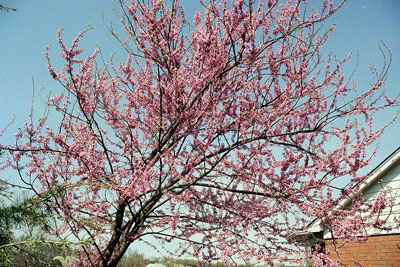
Similar to other trees, the Redbud thrives when planted in rainy and cool climates. In summer, the Redbud gets affected by transplanting shock and its root system displays a slow and stunted growth. If the soil is frozen, then it is impossible for the roots to spread. Thus, if you plant it when the climate is too cold, it leads to drying out. The Virginia Department of Forestry suggests that early fall or spring is generally the ideal time for planting these trees, which again is based on the climatic conditions. When the climate is moderate, winter too is good enough to plant trees.
Be alert while searching for a place to plant your Redbud tree. This tree adjusts itself in moderate shade; still they flower better, when planted in bright sunlight. This tree adjusts to most of the soil conditions, provided they are properly drained. Redbud gets affected with Verticillum wilt, living in the soil. Shun from planting the Redbud tree in locations infected with this disease.
Watering
In the beginning of the first or second growing periods, thorough watering is a must in dry weather. According to the variety, once they are set, they require only occasional watering.
Temperature and Humidity
Total sunlight or moderate shade.
Flowering and Maturing
It is the jazzy characteristics of this flower are extremely pleasing. In the budding stage it is reddish purple (magenta), but when it opens, its color changes to lavender-pink before the emergence of the leaves in the beginning of spring. The blooms come out in bunches, filling the gaps within the branches of the tree. These flowers last for 2 to 3 weeks. They are normally seen in the beginning of spring. These flowers bloom subsequent to the wild plum and the white flowers of serviceberry (small trees and shrubs of the rose family with deciduous leaves) Even though the color of the blooms of this variety is pinkish-lavender, some of the cultivars and species possess flowers that are pinkish-magenta, rosy pink or white. When the foliage emerges, the color is red, steadily becoming dark green in the summer season. During the fall the color of the leaves is yellow.
Care
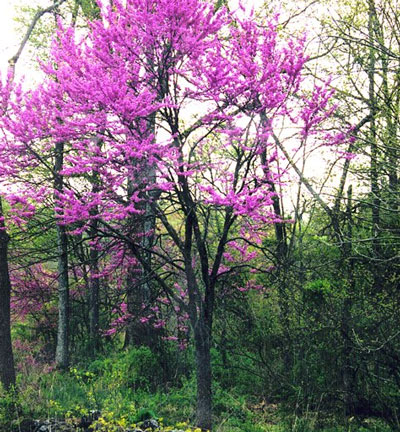
Pest and Pesticides
The Redbuds are vulnerable to the pests called Botryosphaeria canker that cause the branches to wither. This fungal disease that penetrates the branches and twigs, lives on the live tissue just beneath the bark of the tree, and extends to the area surrounding the stem, is a dangerous affliction for these trees When it surrounds the limbs of the tree, then the water supply beyond this point is cut off and arrests the further supply of water to the foliage. Immediately the limbs of the trees wither and perish. During dry periods the Redbuds that are dry, are more susceptible to the Botryosphaeria canker compared to a tree that is regularly watered.
Provide mulch up to the drip line level of the branches. During the summer season the mulch provides moisture to the soil and at the same time maintains it cool. In order to bring down the fungal disease, prune and discard the ailing branches. Prune them when the leaves and stems are dried. Shear the stem six to eight inches below where you notice any depression, and spray a portion of rubbing alcohol on the area that you pruned, as a disinfectant for the cut area. Supply sufficient water to your plant every week. During spring, at intervals of 6 weeks, provide the plant with fertilizers suitable for slow-release trees and shrubs. The cuts resulting from pruning or as a result of some mechanical injury become an access point for the canker causing fungi that affect the wood.. If you are careful while pruning, and do not cause damage to the tree, you will be greatly reducing the risk of the trees getting afflicted. Botryosphaeria canker cannot be treated by fungicides.
Varieties
- Var. Alba – the blooms are sparkling white.
- ‘Forest Pansy’ – The freshly grown leaves are scarlet, turning maroon as they grow. When fully developed, the flowers are pink in color. Chances for this particular variety becoming hardy is rare.
- ‘Flame’ (‘Plena’) – In this type, flowers and leaves appear simultaneously. Rarely these flowers are formed into fruits
- ‘Silver Cloud’ – The color of the variegation of the foliage is white and pink. The plants are broad and of height 12 feet.
- The Eastern Redbud tree, scientifically named Cercis Canadensis, is indigenous to the eastern woodland provinces of New Jersey, extending to the Northern provinces of Florida and towards the west onto the Great Plains.
- The California Redbud, scientifically named Cercis Occidentalis, is a tiny tree in the form of a shrub, hardly attaining a height of 20 feet and indigenous to Nevada and South of Utah, and progressing towards California to Arizona. This tree is famous for its purple colored blossoms and their small leaves are notch-tipped which is not seen in the other variety of Redbuds.

Having discovered a fondness for insects while pursuing her degree in Biology, Randi Jones was quite bugged to know that people usually dismissed these little creatures as “creepy-crawlies”.

